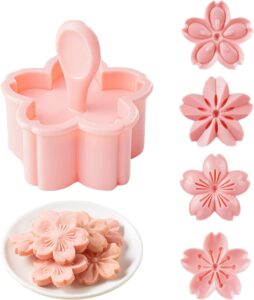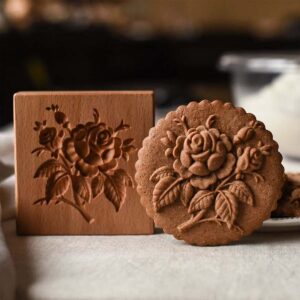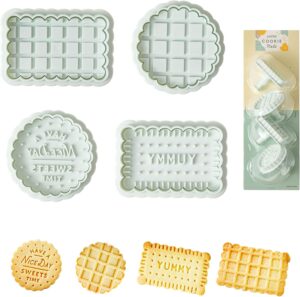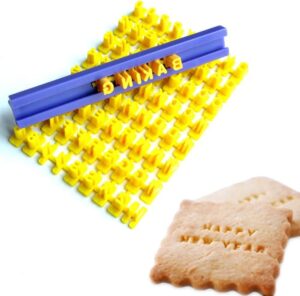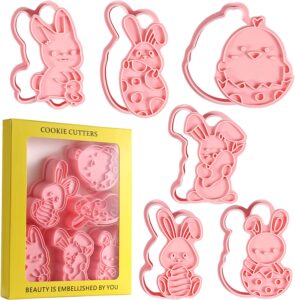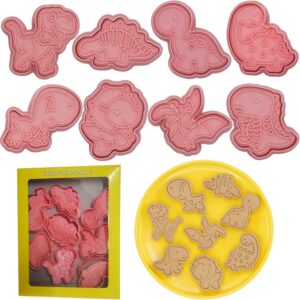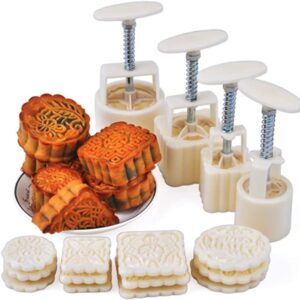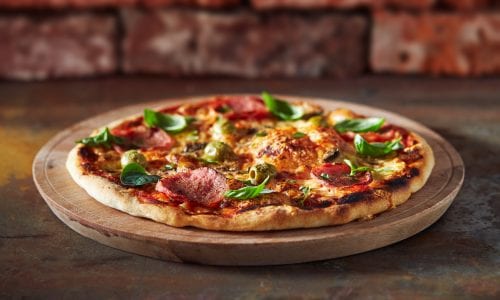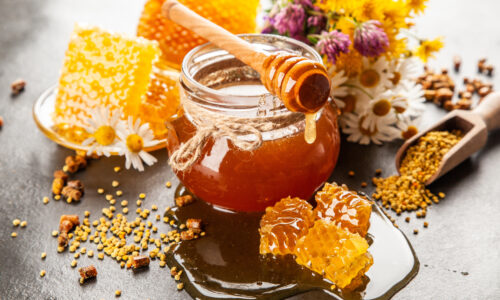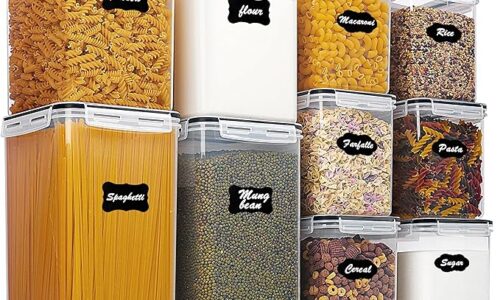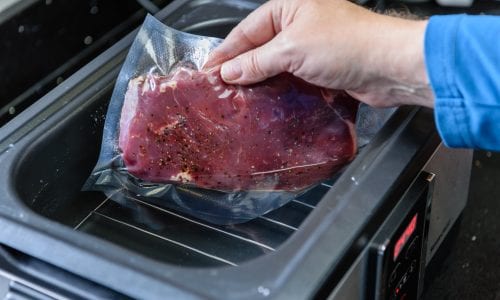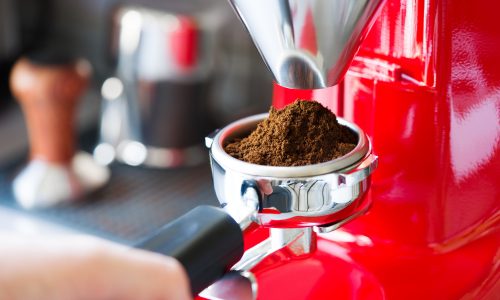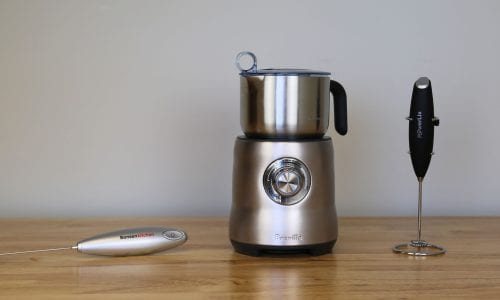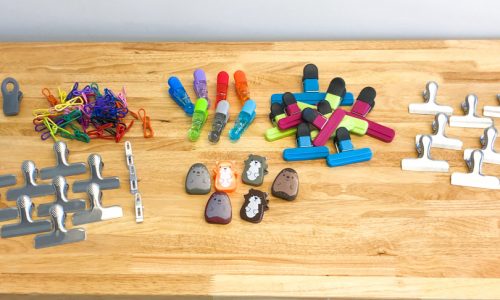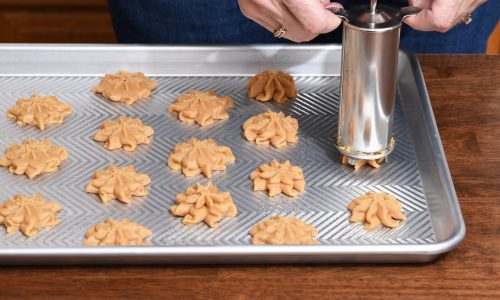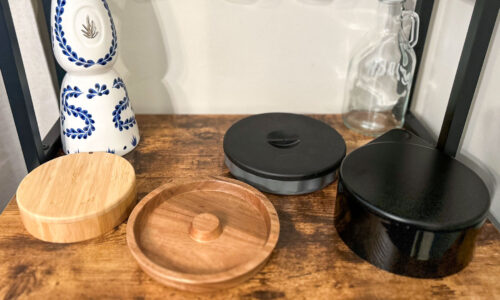The Best Cookie Stamps
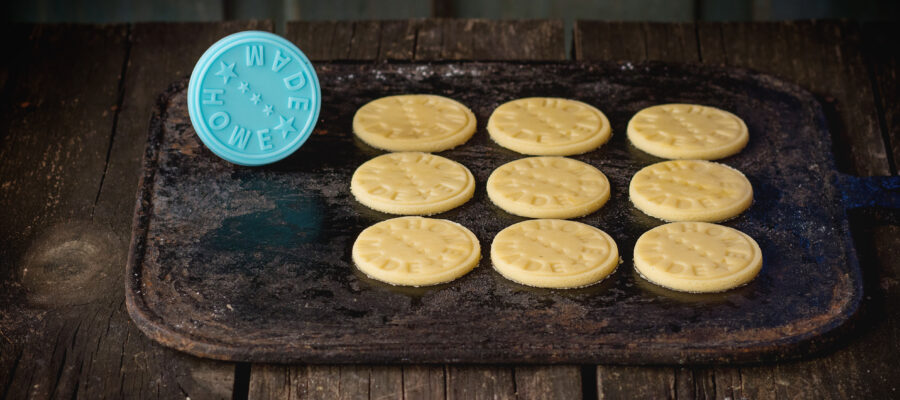
Our Review Process
Don't Waste Your Money is focused on helping you make the best purchasing decision. Our team of experts spends hundreds of hours analyzing, testing, and researching products so you don't have to. Learn more.
Our Picks For The Top Cookie Stamps
- 1. Nordic Ware Cast Aluminum Cookie Stamps, 3-Piece
- 2. HAGBOU Plastic Flower Blossom Cookie Stamps, 4-Piece
- 3. Rhinogon Birthday Embosser Cookie Stamp
- 4. QIEUUOD Wooden Mold Cookie Stamp
- 5. PTSGCAI Assorted Designs Plastic Cookie Stamps, 4-Piece
- 6. Coitak Alphabet & Numbers Cookie Stamps, 72-Piece
- 7. WACAR Easter Themed ABS Plastic Cookie Stamps, 6-Piece
- 8. BGCLOUD Assorted Dinosaur Cookie Stamps, 8-Piece
- 9. Barelove Press Tools & Flower Cookie Stamps, 16-Piece
You’ll get three stamps in this set, each with a different design, to help you make an assortment. The stamp is made from cast aluminum with a wooden handle for a more comfortable stamping experience. Each stamp is designed to make 3-inch round cookies.
Comfortable DesignAlthough the stamp is made from cast aluminum, the wooden handles keep your hand comfortable while you work.
You’ll get four different styles of cherry blossom designs with this set of four stamps. Each has curved edges and is made from food-grade ABS plastic. The curved corners also make it easier to clean, since dough won’t get caught in cracks and crevices, although it will still need to be hand washed.
Kid-Friendly OptionMake flower-shaped cookies with this cherry blossom cookie stamp, which is made from ABS plastic and has no sharp edges.
Food-certified plastic makes this an easy-to-use option. You’ll be able to stamp a 2.36-inch decoration featuring the words “happy birthday” into dough, icing and fondant to add a festive touch to any dessert. The material is high-quality, thick, food-certified plastic to give you a durable option.
Versatile OptionStamp the words “happy birthday” into iced cakes and cupcakes, cookies, fondant and other baked goods using this option.
Made from natural flaxseed-coated wood, this cookie stamp is built to resist sticking to dough, making release and cleanup easy. You can choose from a variety of designs, including deer, flowers, wildlife and pinecones. The mold measures 5.12” x 5.12” x 1.18” and can be hand washed in warm water.
Classy and ElegantCreate elegant flowers with this wooden cookie stamp, which is designed for use with gingerbread.
Buying Guide
Decorating cookies can be time-consuming, whether you’re using icing or colored sugar. But there’s a cookie-decorating option that helps you create gorgeous results in seconds. Cookie stamps imprint an etching on the surface of your cookie that can make your baked goods stand out.
Cookie stamps come in a variety of materials. You’ll find metal, acrylic, wood and silicone, with each material having its own benefits. Silicone can be easier to clean, but metal can be more durable and create more intricate patterns. Wood is a unique option, but you’ll find that it lacks the benefits of the other types. That’s why metal and silicone are the two cookie stamp types seen most often.
Next comes the question about what type of cookies you’ll make with your stamp. Shortbread cookies are the most common, although you’ll find recipes for stamped sugar cookies, as well. Gingerbread cookies can work well with stamps, as long as you go with the type that would be used to build a gingerbread house.
It’s important, when stamping cookies, that the dough is at the right consistency to hold the design. Since shortbread cookies can be a little dry, stamped cookie recipes will often add an egg to them to give them a little more structure.
Even with the right recipe, though, you could find dough sticking to the stamp. That’s where refrigerating the dough can help. To test whether your dough has been chilled enough to hold a stamp, squeeze a small section and watch to see if it leaves an imprint. If it falls apart or melts beneath your touch, it needs a little extra time in the refrigerator.
Some prefer to roll the dough into balls, then stamp each individual cookie. Still others roll the dough out in one big sheet, stamp in rows, then remove each cookie to set on the baking sheet. You might need to have a cookie cutter handy if you choose the latter method.
What to Look For
- If you opt for a metal cookie stamp, you’ll likely need to hand wash it after each use. Resist the urge to soak it, even if the dough is hard to remove. Extended soaking can damage the metal.
- A little flour on the embosser can help keep dough from sticking to it, making for easier separation and cleanup.
- Cookie stamps aren’t just for baking. If you have little ones around, you can use stamps to add designs to clay, taking playtime to the next level.
- Leavening agents in dough can make your baked goods harder to imprint. If you’re stamping, reduce the amount of baking soda or baking powder. Once you’ve reduced it, if you aren’t happy with the results, eliminate it altogether with the next batch.
- You may find that stamping the cookie once it’s placed on the baking sheet keeps you from damaging the design. If you do this, make sure to leave the cookie sheet ungreased so the dough will stick to the pan as you lift the stamp.
- Make sure you apply even force to the stamp. This will ensure the design distributes evenly across the surface of the cookie.
- If you’re new to using cookie stamps, give yourself time to experiment. It may take a few batches or more for you to figure out what works best for the cookie stamp you’re using.
- Refrigerating your dough both before and after stamping can make it easier to work with. You’ll want to make sure the dough stiffens a little before applying the stamp. Afterward, 15 minutes or so in the fridge can help set the design so that it remains while the dough is baking.
- The edges of your cookie can be a little rough after you’ve stamped them. A circular cookie cutter can help straighten them out. For extra decoration, consider a scalloped cookie cutter.
More to Explore
Cookies were still somewhat new the first time decorative elements were added to the surface. The practice is thought to have begun during Passover, when unleavened matzo bread wafers were stamped with religious imagery. This carried over to Medieval clergy, who used cast-iron tongs to hold the dough in place while it was baking.
But sweetened cookies took a little longer to come around. In the 16th century, German cooks were adding sugar, cinnamon and nutmeg, along with other spices, to dough to create spiced honey cakes that can be compared to gingerbread as we know it today. Cookie molds emerged during this era, and cooks used those molds to imprint patterns on fancy German cookies called springerle. That trend caught on, and by the 17th century, molds were being used for elaborate depictions of knights, ice skaters and hunters, among many others.



